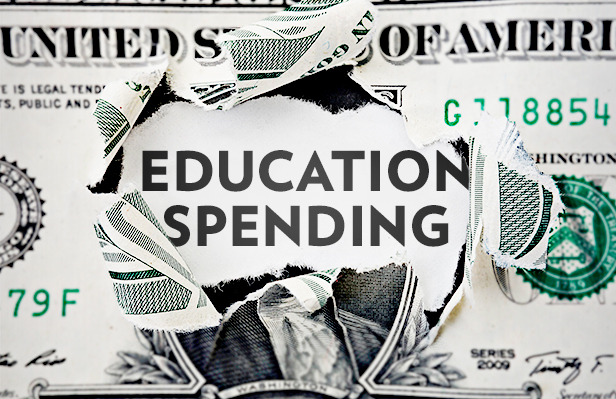Media

Breaking: Charters Receive Funding to Educate Students
Advocacy group Education Voters of PA—notorious critics of parental choice and defenders of a one-size-fits-all education system—made a few headlines recently by selecting two columns of data from the Department of Education and using them to create a skewed narrative on charter schools.
It takes two points to form a straight line, but the group took one point alone—school district spending on charter school tuition—and neglected the second critical point: charter school enrollment.
Some news outlets picked up on this research and concluded that charter schools are disproportionately draining funds from school districts.
Charter schools, particularly online “cyber charters” have increasingly been blamed for school district financial woes, with administrators contending charters siphon much-needed money from district coffers.
Does this conclusion have merit? In short, no.
Education Voters rightly notes that charter school payments increased by $680 million, or 85 percent, between 2009 and 2015. You may be thinking, “680 million? That sounds like a lot!”
Yet, over the same six-year period, charter enrollment across Pennsylvania increased by 78 percent—from 72,000 students to nearly 130,000. In other words, districts are sending more money to charters because charters are attracting more students from districts. This is not groundbreaking. And it shouldn’t be alarming that charter payments increased by 85 percent when charter enrollment increased by 78 percent.
But don’t assume public schools receive less money as a result. First of all, charters receive roughly 20 percent less per-student funding than traditional district schools. And secondly, despite the Education Voters' website propagating the debunked myth that $1 billion in education funding was cut in 2011, total revenue in Pennsylvania’s school districts increased by nearly $3 billion between 2009 and 2015.
Advocates of the educational status-quo are prone to scapegoat charter schools as the cause of their troubles, but the truth is the biggest cost driver for school districts isn’t charters but pension payments— which increased by $1.8 billion, or 337 percent over the six-year window.
Pension reform is the best way to alleviate financial pressure on school districts. Additionally, school board members must rely on prudent budgeting and fiscal responsibility at the bargaining table.
We can improve our public school system only by tackling real reforms, not by targeting charter schools using selective data. Shoddy attacks on charters only punish the children and families who have discovered the school that best fits their needs.